Ubiquiti airMAX AC 5 GHz NanoBeam ac, 19 dBi – NBE-5AC-19
Overview
The NBE-5AC-19 NanoBeam ac High-Performance airMAX Bridge from Ubiquiti Networks directs RF energy in a tight beamwidth. It maximizes and improves noise immunity by its uniform bandwidth and also blocks or spatially filters out noise. This feature helps in areas crowded with other RF signals of the same or similar frequency.
The Nanobeam ac combines the radio and antenna in an efficient and compact unit that gets maximum gain out of the smallest footprint. It features an innovative mechanical design and high speed processor for optimal performance at low cost.
Software
- airOS
- Designed for improved usability and airOS v7 is the enhanced operating system for Ubiquiti airMAX ac. It supports airMAX ac protocol and long-range Point-to-Point (PtP) link mode. This offers selectable channel width such as 10/20/30/40/50/60/80 MHz in PtP and 10/20/30/40 MHz in PtMP. Additionally, this NanoBeam ac features automatic channel selection, automatic/manual transmit power control, automatic distance selection (ACK timing), and WPA2 security.
- Usability Enhancements
- It offers dynamic configuration changes, instant input validation, HTML5 technology, optimization for mobile devices, detailed device statistics, comprehensive array of diagnostic tools, including Ethernet cabling test, RF diagnostics, and airView spectrum analyzer.
- Advanced RF Analytics
- airMAX ac devices feature a multi-radio architecture to power an enhanced RF analytics engine. An independent processor on the PCBA powers a second dedicated radio, which analyzes the full 5 GHz spectrum and every received symbol to provide advanced RF analytics. Data from the spectrum analysis and RF performance monitoring is displayed on the main tab and airView Spectrum analyzer of airOS V7.
- Real-Time Reporting
- The main tab displays the RF information such as persistent RF Error Vector Magnitude (EVM) constellation diagrams, Carrier to Interference-plus-Noise Ratio (CINR) histograms, and Signal-to-Noise Ratio (SNR) time series plots.
- Spectral Analysis
- airView allows you to identify noise signatures and plan your networks to minimize noise interference. It constantly monitors environmental noise, collects energy data points in real-time spectral views, and helps optimize channel selection, network design, and wireless performance. airView runs in the background without disabling the wireless link, so there is no disruption to the network.There are three spectral views, each of which represents different data. Waterfall offers aggregate energy collected for each frequency, Waveform offers aggregate energy collected, and ambient noise level background offers noise energy as a function of frequency. This provides powerful spectrum analyzer functionality, eliminating the need to rent or purchase additional equipment for conducting site surveys.
- airMAX Technology
- airMAX Technology Ubiquiti’s Time Division Multiple Access (TDMA) airMAX protocol allows each client to send and receive data using pre-designated time slots scheduled by an intelligent AP controller. Thק time slot method eliminates hidden node collisions and maximizes airtime efficiency. It provides significant performance improvements in latency, throughput, and scalability compared to all other outdoor systems in its class.
Intelligent QoS: Priority is given to voice/video for seamless streaming.
Scalability: High capacity and scalability.
Long Distance: Capable of high-speed, carrier-class links.
- Performance
- The next-generation airMAX ac technology boosts the advantages of your proprietary TDMA protocol. Ubiquiti’s airMAX engine with custom IC improves TDMA latency and network scalability. The custom silicon provides hardware acceleration capabilities to the airMAX scheduler, to support the high data rates and dense modulation used in airMAX ac technology.
- Throughput Breakthrough
- airMAX ac supports high data rates, which require modulation of 256QAM that significantly increase from 64QAM, which is used in airMAX. With its use of proprietary technology, airMAX ac supports up to 450+ Mb/s real TCP/IP throughput (triple the throughput of standard airMAX products).
Hardware
- All-in-One Design
- The NanoBeam ac provides both the radio and antenna in the smallest possible footprint.
- Quick Assembly
- No fasteners are required for pole-mounting, and a single wall fastener (not included) is required for wall-mounting.
- Convenient Alignment
- The NanoBeam ac pivots on its ball joint for easy aiming.
- Efficient Footprint
- The radio and antenna are combined into a single body that takes up minimal space.
- Versatile Mounting
- The NanoBeam ac can be mounted in almost any position needed for line of sight.
- Aesthetics
- The NanoBeam ac is small enough to blend discreetly into the background at a customer’s location.
Specification
| NBE-5AC-19 | |||||||
| Dimensions | 189 x 189 x 125 mm (7.44 x 7.44 x 4.92″) | ||||||
| Weight | 0.530 kg (1.17 lb) | ||||||
| Power Supply | 24V, 0.5A Gigabit PoE | ||||||
| Max. Power Consumption | 8W | ||||||
| Operating Frequency | Worldwide | USA: U-NII-1 | USA: U-NII-2A | USA: U-NII-2C | USA: U-NII-3 | ||
| 5150 – 5875 MHz | 5150 – 5250 MHz* | 5250 – 5350 MHz* | 5470 – 5725 MHz* | 5725 – 5850 MHz* | |||
| Gain | 19 dBi | ||||||
| Networking Interface | (1) 10/100/1000 Ethernet Port | ||||||
| Processor Specs | Atheros MIPS 74Kc, 720 MHz | ||||||
| Memory | 128 MB DDR2, 8 MB Flash | ||||||
| LEDs | (1) Power, (1) LAN, (4) WLAN | ||||||
| Signal Strength LEDs | Software-Adjustable to Correspond to Custom RSSI Levels | ||||||
| Max. VSWR | 1.5:1 | ||||||
| Channel Sizes | PtP Mode | PtMP Mode | |||||
| 10/20/30/40/50/60/80 MHz | 10/20/30/40 MHz | ||||||
| Polarization | Dual Linear | ||||||
| Enclosure | Outdoor UV Stabilized Plastic | ||||||
| Mounting | Pole‑Mount (Kit Included), Wall‑Mount | ||||||
| Wind Loading | 45.4 N @ 200 km/h (10.2 lbf @ 125 mph) | ||||||
| Wind Survivability | 200 km/h (125 mph) | ||||||
| ESD/EMP Protection | Air: ± 24 kV, Contact: ± 24 kV | ||||||
| Operating Temperature | -40 to 70° C (-40 to 158° F) | ||||||
| Operating Humidity | 5 to 95% Noncondensing | ||||||
| Wireless Approvals | FCC, IC, CE | ||||||
| RoHS Compliance | Yes | ||||||
| Salt Fog Test | IEC 68‑2‑11 (ASTM B117), Equivalent: MIL‑STD‑810 G Method 509.5 | ||||||
| Vibration Test | IEC 68-2-6 | ||||||
| Temperature Shock Test | IEC 68-2-14 | ||||||
| UV Test | IEC 68-2-5 at 40° C (104° F), Equivalent: ETS 300 019-1-4 | ||||||
| Wind‑Driven Rain Test | ETS 300 019‑1‑4, Equivalent: MIL‑STD‑810 G Method 506.5 | ||||||
| NBE-5AC-19 Output Power: 26 dBm | |||||||||||||
| TX Power Specifications | RX Power Specifications | ||||||||||||
|
Data Rate | Avg. TX |
|
Modulation | Data Rate | Sensitivity | Tolerance | ||||||
| 1x BPSK (½) | 26 dBm | ± 2 dB | 1x BPSK (½) | -96 dBm | ± 2 dB | ||||||||
| 2x QPSK (½) | 26 dBm | ± 2 dB | 2x QPSK (½) | -95 dBm | ± 2 dB | ||||||||
| 2x QPSK (¾) | 26 dBm | ± 2 dB | 2x QPSK (¾) | -92 dBm | ± 2 dB | ||||||||
| 4x 16QAM (½) | 26 dBm | ± 2 dB | 4x 16QAM (½) | -90 dBm | ± 2 dB | ||||||||
| 4x 16QAM (¾) | 26 dBm | ± 2 dB | 4x 16QAM (¾) | -86 dBm | ± 2 dB | ||||||||
| 6x 64QAM (2/3) | 25 dBm | ± 2 dB | 6x 64QAM (2/3) | -83 dBm | ± 2 dB | ||||||||
| 6x 64QAM (¾) | 25 dBm | ± 2 dB | 6x 64QAM (¾) | -77 dBm | ± 2 dB | ||||||||
| 6x 64QAM (5/6) | 24 dBm | ± 2 dB | 6x 64QAM (5/6) | -74 dBm | ± 2 dB | ||||||||
| 8x 256QAM (¾) | 22 dBm | ± 2 dB | 8x 256QAM (¾) | -69 dBm | ± 2 dB | ||||||||
| 8x 256QAM (5/6) | 22 dBm | ± 2 dB | 8x 256QAM (5/6) | -65 dBm | ± 2 dB | ||||||||
Be the first to review “Ubiquiti airMAX AC 5 GHz NanoBeam ac, 19 dBi – NBE-5AC-19”
Related products
Only 1 left in stock
AED 1,791.00 excl. VAT









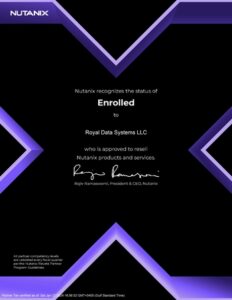

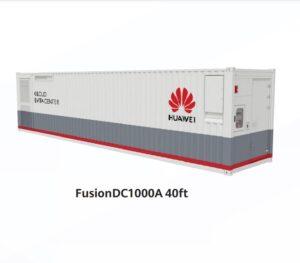




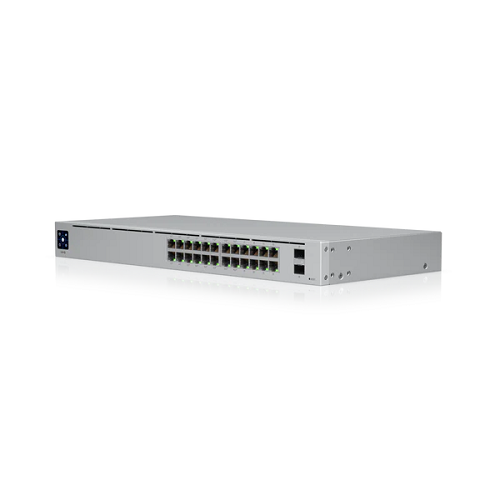
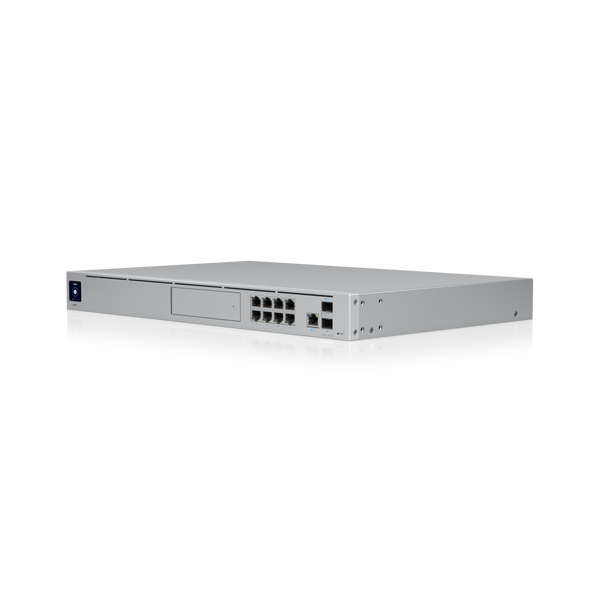
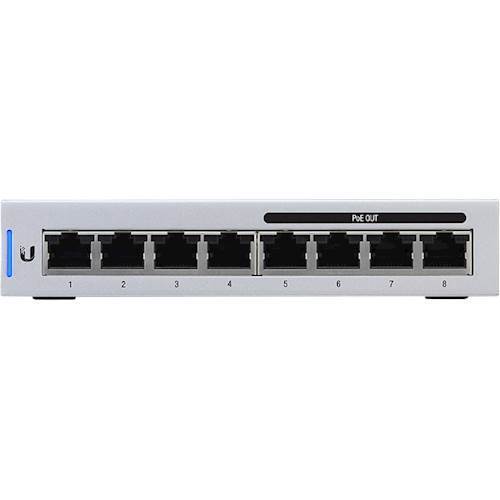

Reviews
There are no reviews yet.